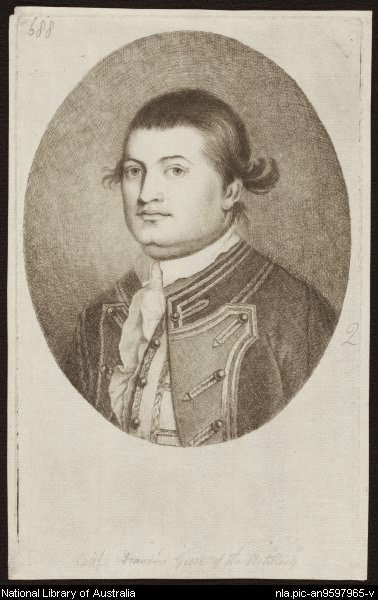For
the first time, this book brings together the stories of the men and women on
board the Pitt, and the Kitty, two convict transport ships that
arrived in NSW in 1792. Old Bailey trials are used to portray life on the
streets of London in 1790, and official letters and an account by Dr Edward
Laing, describe onboard conditions and events.
The struggle of coping with meagre rations and the harsh climate is outlined in a calendar of events in NSW in 1792. The stories of some of the convict women at Sydney, Norfolk Island, Tasmania and at the Hawkesbury, are told in individual chapters. Detailed biographies reveal the stories of the convicts, and soldiers and free passengers are also listed. There were 408 convicts transported on the Pitt and 28 on the Kitty. Unhappy Exiles is dedicated to Lydia Farrell who arrived on the Pitt.
Unhappy Exiles is the third history book by Marion Starr exploring the lives of early colonial convicts in Australia.
First published March 2016 © Marion
Starr
ISBN: 978 0 9750221 2 2
320 pages; full index; 746 reference notes
(N.B. Addendum p.127 Please correct Woodhouse to Whitehouse)
... invaluable to all historians seeking to piece together the patchwork of lives that coalesced as new families and communities.
Carol Liston
Western Sydney University
President, Royal Australian Historical Society
Cost: $40 each plus $12 (for 1 or 2 books) postage within
Australia.
Preferred payment by bank transfer (EFT)
Please contact for International payment details
*** BOOK REVIEWS- ***
INSIDE HISTORY MAGAZINE May 2017
RAHS History Magazine September 2016
Preferred payment by bank transfer (EFT)
Please contact for International payment details
*** BOOK REVIEWS- ***
INSIDE HISTORY MAGAZINE May 2017
Unhappy Exiles focuses on the convicts of the Pitt and Kitty which arrived in 1792. The Pitt carried 408 convicts, the smaller Kitty only 28. Of those who disembarked, more than 100 would die within the first 12 months of arrival.
Starr's use of primary resources such as letters and journals, allows the convicts to speak through the records. The first third of the book details the voyage of both transports to Sydney, before looking at the convicts' arrival and initial experience in the colony. Starr then pieces together a detailed biography of each individual.
Overall, a fascinating and welcome addition for anyone interested in early convict life.
Cassie Mercer RAHS History Magazine September 2016
The author presents a very detailed and informative account of the voyage to NSW of both the Pitt and Kitty ships of 1792, which carried both convict and free men, women and soldiers of the NSW Corps. Historical records, letters and journals were used providing the material and personal impressions, with many biographical details of life at sea and on arrival in the colony, highlighting the harsh and difficult conditions of the era. This well researched publication containing extensive biographies, and detailed notes and index, is the authors third book exploring the lives of early colonial convicts in Australia.
Margaret Coleman 



